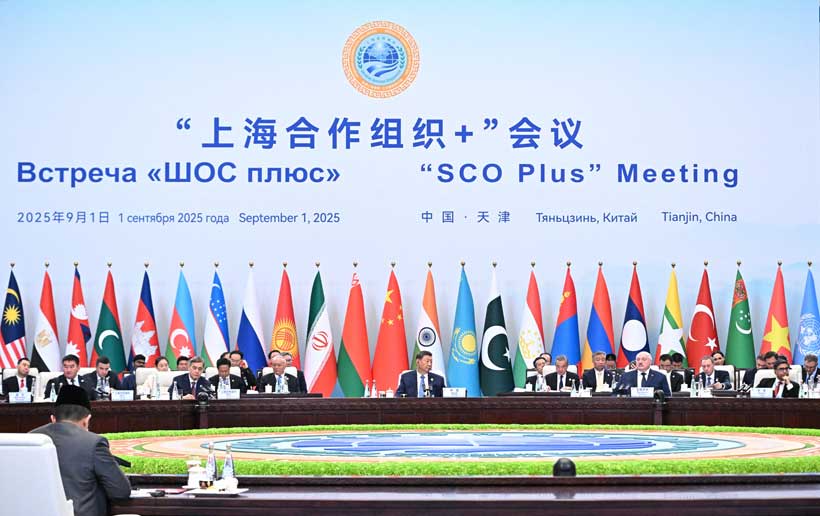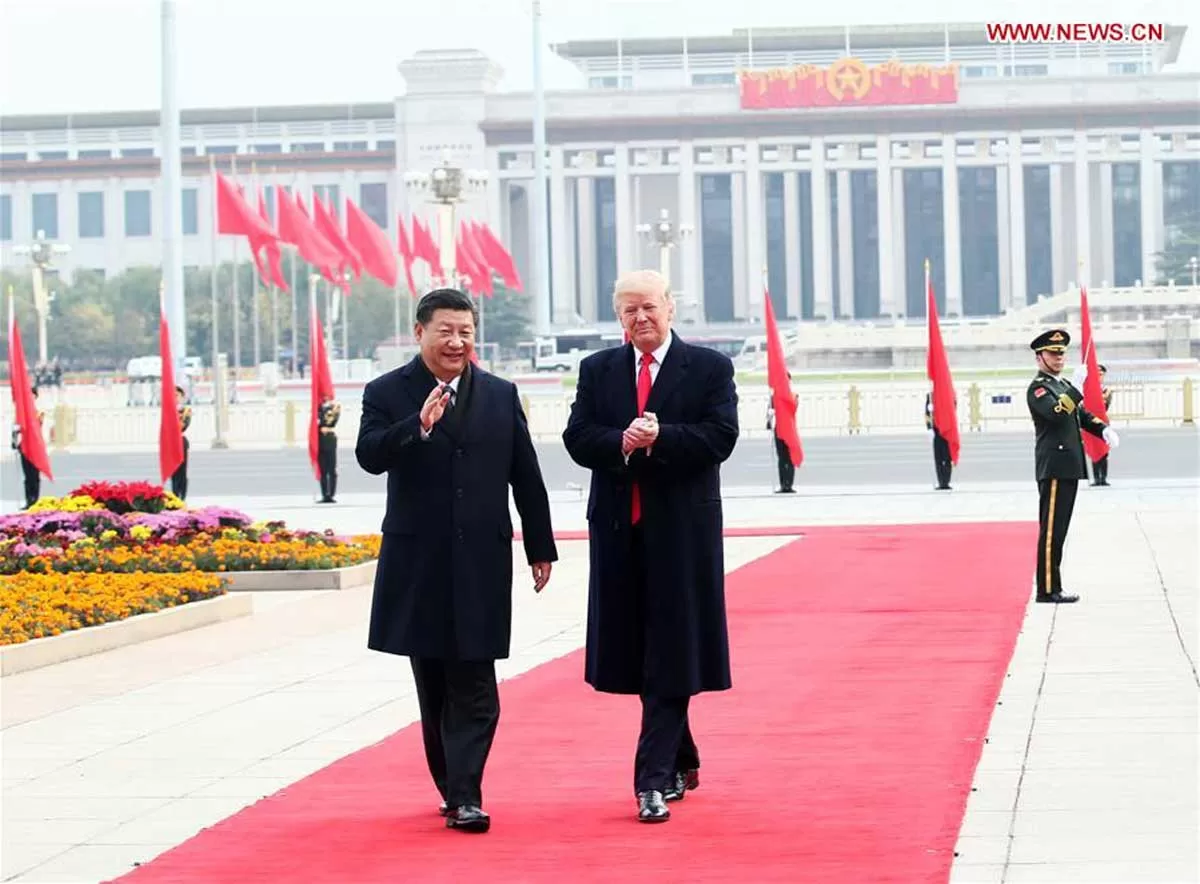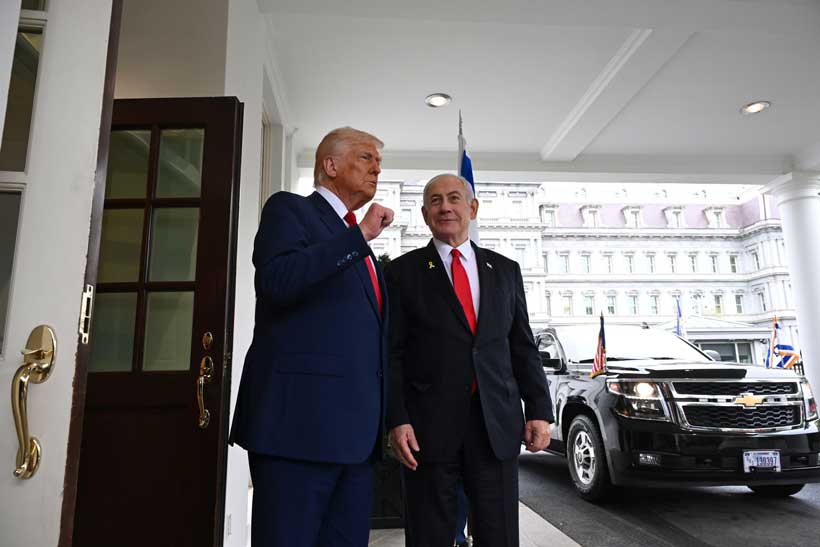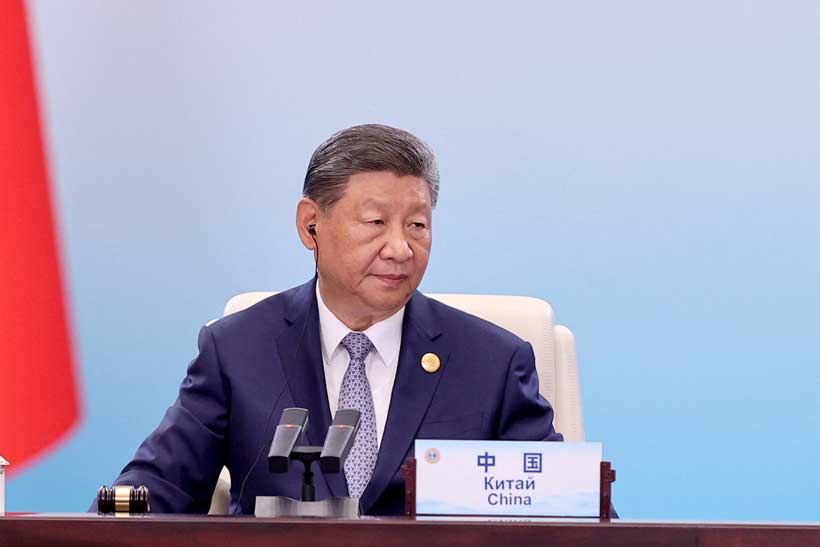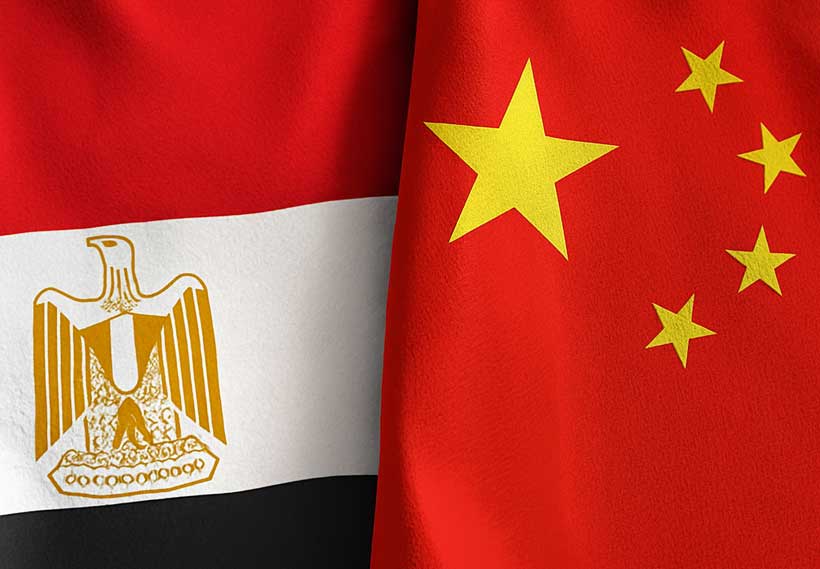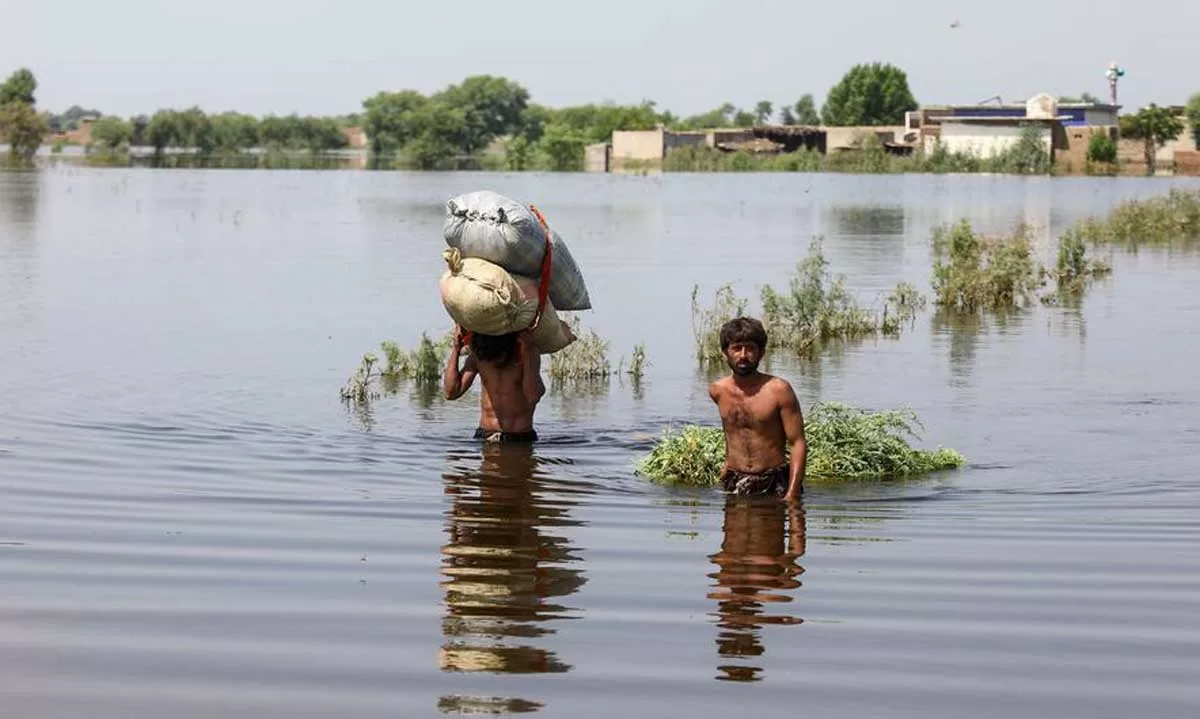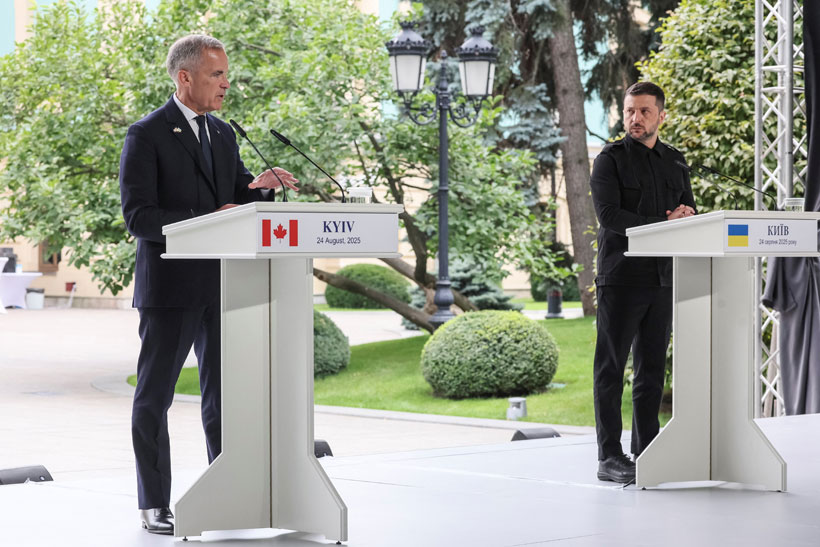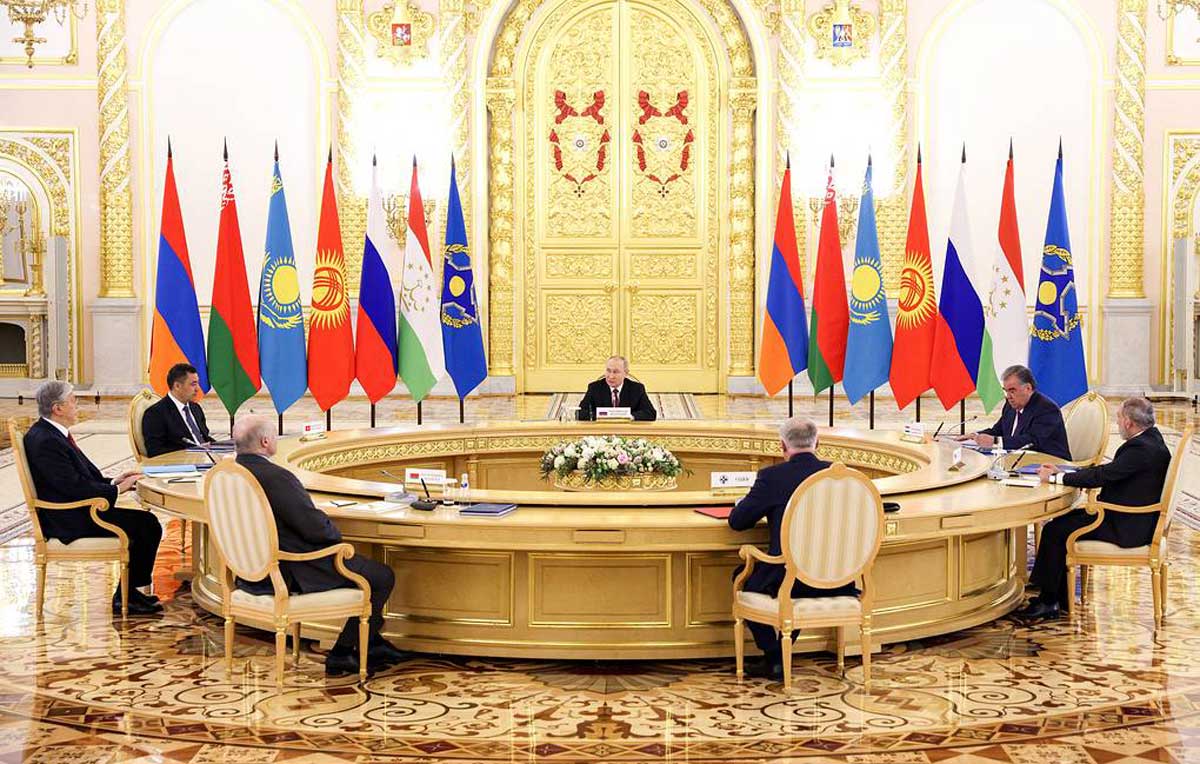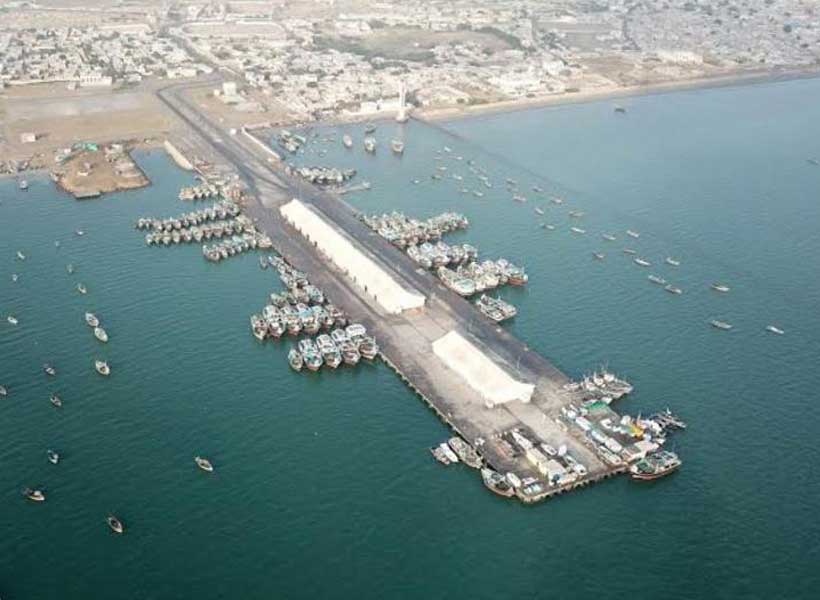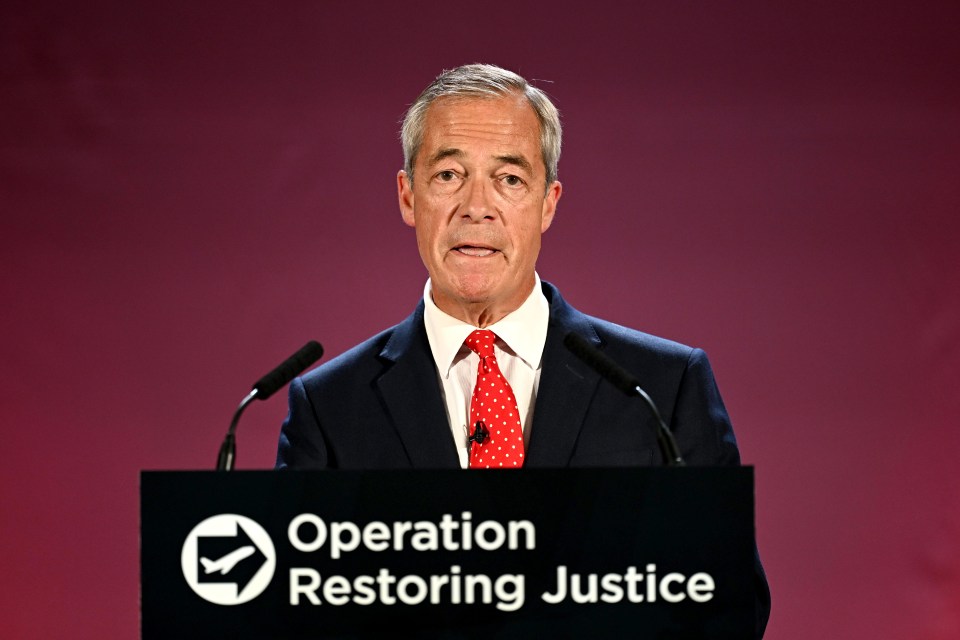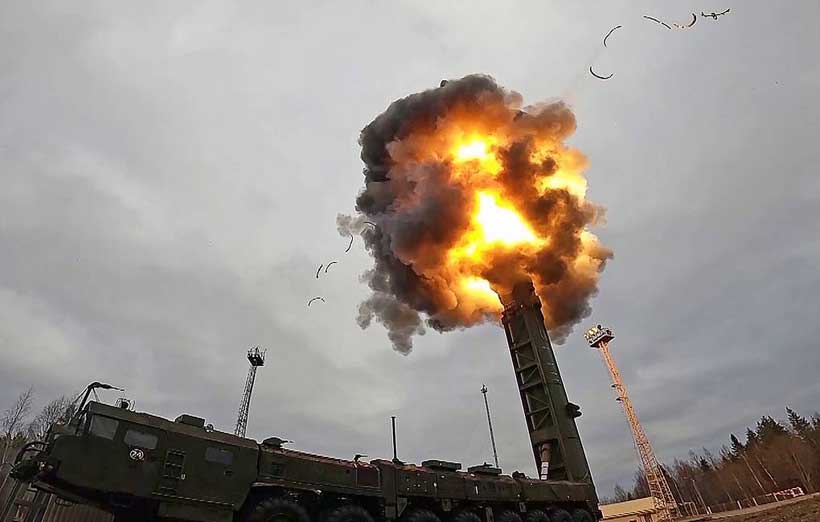Iran and Pakistan have long occupied an uneasy space in one another’s strategic calculus, linked by geography yet divided by history, ideology, and external alliances. Their nearly 1,000-kilometer frontier winds through Balochistan — one of South and West Asia’s most volatile regions — and has often served as both bridge and barrier. What cooperation exists has usually been transactional, rooted in necessity rather than affinity.
Yet, the events of 2024–2025 have brought this already complex relationship to a sharper inflection point. Iran is grappling with the aftermath of its unprecedented direct exchange of strikes with Israel and enduring economic sanctions that limit its options. Pakistan is struggling with economic volatility, renewed clashes with India, and delicate dealings with the Taliban regime in Afghanistan. Both states face mounting environmental stress, especially water scarcity, and the complex economic and security consequences of informal cross-border trade.
Amid this turbulence, Iranian President Masoud Pezeshkian’s recent visit to Islamabad and the signing of multiple cooperation agreements signaled more than symbolic diplomacy. These moves suggested recognition on both sides that episodic crises, if left unmanaged, could harden into lasting hostility. To grasp why this moment matters, it is necessary to examine four interrelated dimensions: security and border governance, environmental and water stress, economic engagement and informal trade, and the web of external powers influencing bilateral choices.
Borders and Security: From Containment to Confrontation
The Iran-Pakistan frontier runs through some of the most sparsely populated and politically marginalized areas of both countries. The Baloch population, divided by colonial-era borders, shares cultural and linguistic ties but also longstanding grievances against central governments that they view as exploitative or indifferent. Both Iran’s Sistan and Baluchestan province and Pakistan’s Balochistan province rank among their respective countries’ poorest regions, with high unemployment, limited infrastructure, and limited state services.
For decades, these conditions have fueled insurgencies. Iran has grappled with Sunni militant groups such as Jaish al-Adl (formally Jundallah), which accuses Tehran of oppressing the Sunni Baloch population and has carried out attacks on Iranian Revolutionary Guard Corps (IRGC) personnel. Pakistan has faced its own separatist insurgents, notably the Baloch Liberation Army (BLA), whose attacks targeting pipelines, security forces, and infrastructure have intensified since the beginning of 2025. Both sides have accused the other of harboring militants.
For much of their history, Tehran and Islamabad managed these frictions quietly. Even during the Iran-Iraq War (1980–1988) — when Pakistan tilted toward Iraq and maintained close security ties with the U.S. and Saudi Arabia — there was no open military confrontation. Both countries avoided supporting militant movements that could escalate tensions.
That restraint unraveled in January 2024, when Iran launched missile and drone strikes inside Pakistan following an attack in Rask that killed eleven Iranian security officials. Pakistan responded in kind, marking the first open, tit-for-tat exchange of strikes in decades. Although diplomatic engagement quickly de-escalated tensions — ambassadors were reinstated and both sides pledged enhanced intelligence sharing and joint patrols — the episode signaled how fragile the old patterns of border management have become.
Militant violence has persisted, with the BLA carrying out coordinated assaults in August 2024 that left dozens dead, including civilians and security personnel. These attacks revealed the limitations of relying solely on reactive security cooperation. Over the past several years, Iran and Pakistan have accelerated construction of barriers along their border with each other and with Afghanistan, while establishing regulated border markets to formalize trade and reduce smuggling. But these efforts have faced pushback from local communities whose livelihoods depend on informal commerce, which they see as a survival strategy rather than criminality.
This dynamic highlights a deeper reality, namely that security measures alone cannot resolve conflicts rooted in economic exclusion and political marginalization. Without broader economic development and political inclusion, militancy and cross-border tensions will likely persist despite technical security fixes.
Water, Environment, and Shared Vulnerabilities
Beyond security, environmental stress has become an increasingly salient source of tension. While no major rivers flow directly along the Iran-Pakistan border, Iran’s eastern Sistan and Balochistan province depends heavily on flows from Afghanistan’s Helmand River. Under the 1973 Helmand River Treaty, Afghanistan is obligated to deliver 820 million cubic meters of water annually to Iran, yet in recent years Tehran has received far less, largely due to drought and upstream dam projects.
The consequences for Iran are severe, including drying wetlands, accelerating desertification, and collapsing agricultural output. These challenges are magnified by climate change, which has made droughts more frequent and severe. In May 2023, Iranian and Taliban border guards clashed after Tehran accused Kabul of deliberately restricting water flows, an incident that left several dead. Afghan officials blamed drought and technical issues, but Tehran viewed water as a strategic lever. Iranian Energy Minister Abbas Aliabadi has repeatedly declared securing water rights a top national priority.
For Pakistan, the Helmand crisis is instructive. Islamabad faces its own growing water stress, driven by population growth, climate variability, and its fraught relationship with India over the Indus River system. Iran’s plight shows how water disputes, once peripheral irritants, are becoming core geopolitical risks.
The environmental challenges of all three states — Iran, Pakistan, and Afghanistan — are increasingly interconnected: shifting weather patterns, groundwater depletion, and forced migration link domestic environmental problems to regional stability. For Iran and Pakistan, these pressures create incentives to cooperate not only bilaterally but also trilaterally with Afghanistan on water-sharing, environmental management, and climate adaptation (Stratheia; Southwest News). Yet, political distrust — particularly toward the Taliban — and the absence of strong regional institutions make such cooperation difficult.
Economics and Informal Trade: Opportunity and Constraint
Iran-Pakistan economic ties present a puzzle: substantial potential, limited realized value, and a persistent reliance on informal channels. Official trade stood at roughly $3.1 billion in March 2024–March 2025, dominated by Iranian exports of electricity and petroleum products to Pakistan, which suffers chronic energy shortages. Pakistan mainly exports rice, textiles, and other agricultural products to Iran, but the scale remains small relative to both countries’ needs and capacities.
A major reason is U.S. sanctions on Iran, which have discouraged Pakistani banks and companies from deep engagement. Another reason is the geography of trade itself, as Balochistan’s cross-border commerce often bypasses formal routes, relying instead on smuggling networks. Subsidized Iranian diesel has historically supplied as much as 35% of Pakistan’s demand, particularly in border provinces. While this semi-formal trade provides income for local populations, it undermines Pakistan’s fiscal revenue and complicates energy market regulation.
Both governments have sought to formalize commerce. The creation of regulated border markets is intended to offer legal trade opportunities and reduce smuggling. Success, however, depends on infrastructure investment, customs efficiency, and local trust — all in short supply. Communities dependent on informal trade often view government efforts as threatening their livelihoods, resulting in resistance and occasional unrest.
The Iran-Pakistan (IP) gas pipeline illustrates the tension between ambition and constraint. Initially envisioned as a trilateral project with India, the pipeline was seen as a potential game-changer for regional energy connectivity. But U.S. sanctions and Islamabad’s fear of secondary sanctions have stalled progress for years. Iran completed its segment, while Pakistan repeatedly delayed its portion, citing financial and political risks. Last November, Tehran filed an international arbitration suit over delays in the project, seeking $18 billion in damages. That said, even if sanctions were lifted, Pakistan’s shifting energy mix — toward liquefied natural gas (LNG) imports and renewable energy — might dilute the pipeline’s strategic appeal.
Beyond energy, illicit flows add another destabilizing dimension. The Iran-Pakistan-Afghanistan region sits at the heart of the “Golden Crescent,” historically a major hub for global opium production and trafficking. Despite the Taliban’s 2022 enforcement of a ban, which substantially reduced poppy cultivation across the country, Afghan opium continues to flow, much of it transiting Balochistan en route to Iran and global markets. Iran, bearing the brunt of this traffic, has invested heavily in border fortifications and anti-narcotics operations, suffering thousands of casualties. Maritime trafficking routes, particularly through Pakistan’s Makran coast, have added additional challenges.
Although Iran and Pakistan suffer significant human, security, and political costs from trafficking-related violence and drug-fueled instability, they also benefit from the narcotics trade at multiple levels — from local economic gains and illicit financial flows to the involvement of state and paramilitary actors and the pursuit of geopolitical leverage. These criminal networks often overlap with insurgent financing and systemic corruption, generating hybrid security threats that neither country can manage in isolation.
External Powers and the Geopolitical Web
Layered on top of bilateral issues is the influence of external powers. China has become the most consequential external actor for both countries. For Pakistan, Beijing’s engagement in the China-Pakistan Economic Corridor (CPEC) has reshaped its infrastructure and energy landscape, making China Islamabad’s largest source of foreign direct investment and a key political partner. For Iran, oil purchases by Chinese “teapot” refineries have served as a crucial economic lifeline in recent years, despite U.S. sanctions, though the 25-year strategic cooperation agreement signed in 2021 (valued at up to $400 billion) has yet to be fully realized.
This creates overlapping opportunities: linking Iran’s Chabahar port with Pakistan’s Gwadar port and integrating infrastructure across both countries could create new trade corridors. Yet, these opportunities also tether both states more closely to Beijing, limiting their flexibility in dealing with other major powers.
The United States continues to shape the relationship, primarily through constraints. Washington’s sanctions have effectively frozen Iranian access to global markets and discouraged Pakistan from deepening energy ties, particularly through the pipeline. At the same time, Islamabad seeks to maintain a minimal working relationship with Washington, exemplified by high-level military contacts in 2025 — even as Pakistan strongly condemned U.S. strikes on Iranian facilities.
India adds another dimension. Historically warm Iran-India relations have been anchored in energy trade and New Delhi’s investment in the Chabahar port, which provides strategic access to Afghanistan and Central Asia while bypassing Pakistan. This has potentially complicates Pakistan’s strategic calculus, reducing its economic transit monopoly, challenging China-Pakistan infrastructure hegemony, and diminishing its political influence in Afghanistan and Central Asia.
Russia has emerged as a selective but increasingly active partner of both Iran and Pakistan. For Iran, the partnership has gained momentum amid international isolation, with Moscow supplying military hardware, collaborating on drone technology, and helping to bypass Western. Russia’s interest in Eurasian connectivity — particularly through the International North-South Transport Corridor (INSTC) — aligns with Tehran’s ambitions to become a regional transit hub. Meanwhile, Pakistan has cautiously sought to broaden its energy and trade ties with Russia. While the scope of Russia’s engagement remains limited by economic and geopolitical constraints, deepening ties with both countries reflect a shared interest in hedging against Western dominance and promoting multipolar alternatives in regional infrastructure and security.
Conclusion: Between Crisis and Cooperation
Iran and Pakistan’s relationship is defined by necessity yet constrained by mistrust, domestic vulnerabilities, and external rivalries. The challenges are structural: border insecurity rooted in marginalized communities, environmental stress amplified by climate change, economic ties distorted by sanctions and informal trade, and external powers pulling the two countries in competing directions.
Yet, there are opportunities to move beyond crisis management. A cooperative reset is conceivable if both governments commit to sustained border governance, revive energy projects in some form, and engage Afghanistan on shared water challenges. This would require not only technical cooperation but also political investment in addressing local grievances in Balochistan and Sistan-Baluchestan.
A second, more probable scenario is continued fragility, where cooperation remains transactional, focused on short-term crisis avoidance rather than long-term solutions. In this scenario, border incidents, environmental shocks, or disputes over smuggling would continue to disrupt relations, even as high-level dialogue keeps them from complete breakdown.
The most concerning possibility is regional shock disruption — a major external event, such as U.S.–Iran military escalation, Taliban water policies weaponized for leverage, or renewed India-Pakistan conflict, which could derail bilateral cooperation entirely.
These scenarios are influenced by factors beyond bilateral control: global energy transitions, shifting great-power competition, and accelerating climate stress. Whether Iran and Pakistan can move from reaction to strategy will depend on their ability to insulate pragmatic cooperation from these external shocks while addressing the domestic vulnerabilities that fuel conflict.
Ultimately, their shared frontier is more than a line on a map. It is a microcosm of South and West Asia’s wider dilemmas, where borders are at once barriers and bridges, and where resilience, rather than rhetoric, will determine the region’s future.
